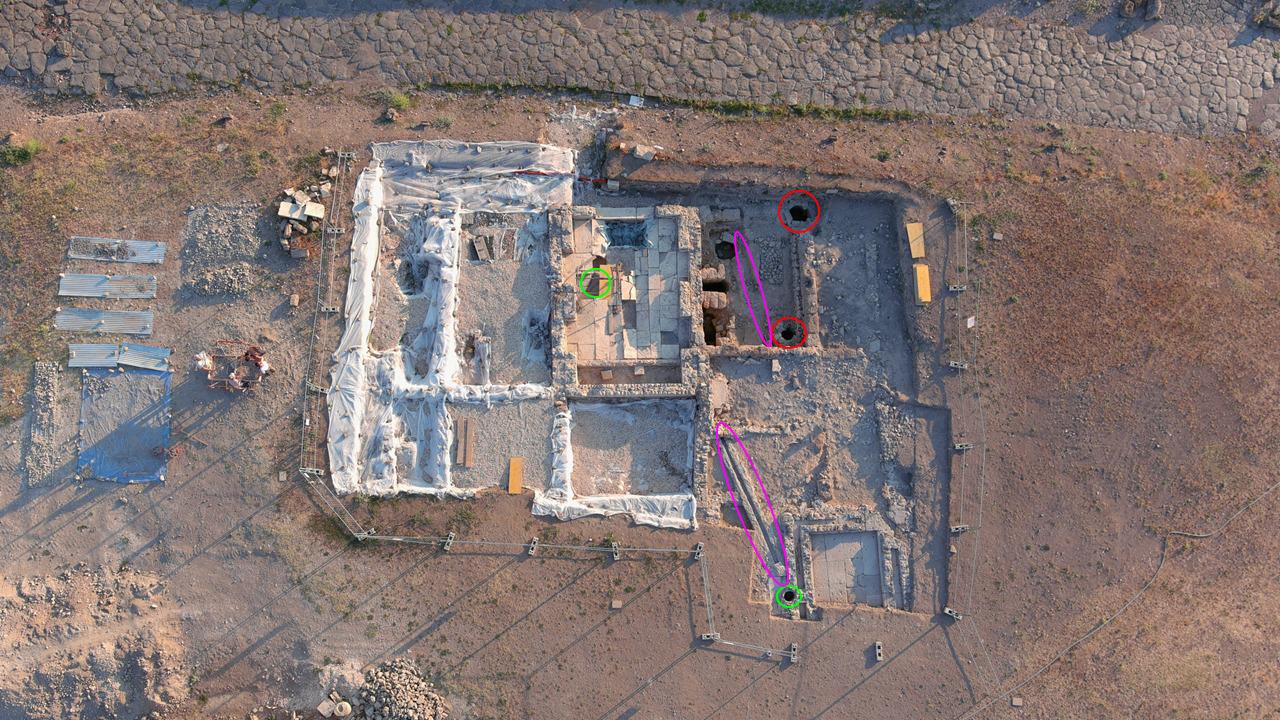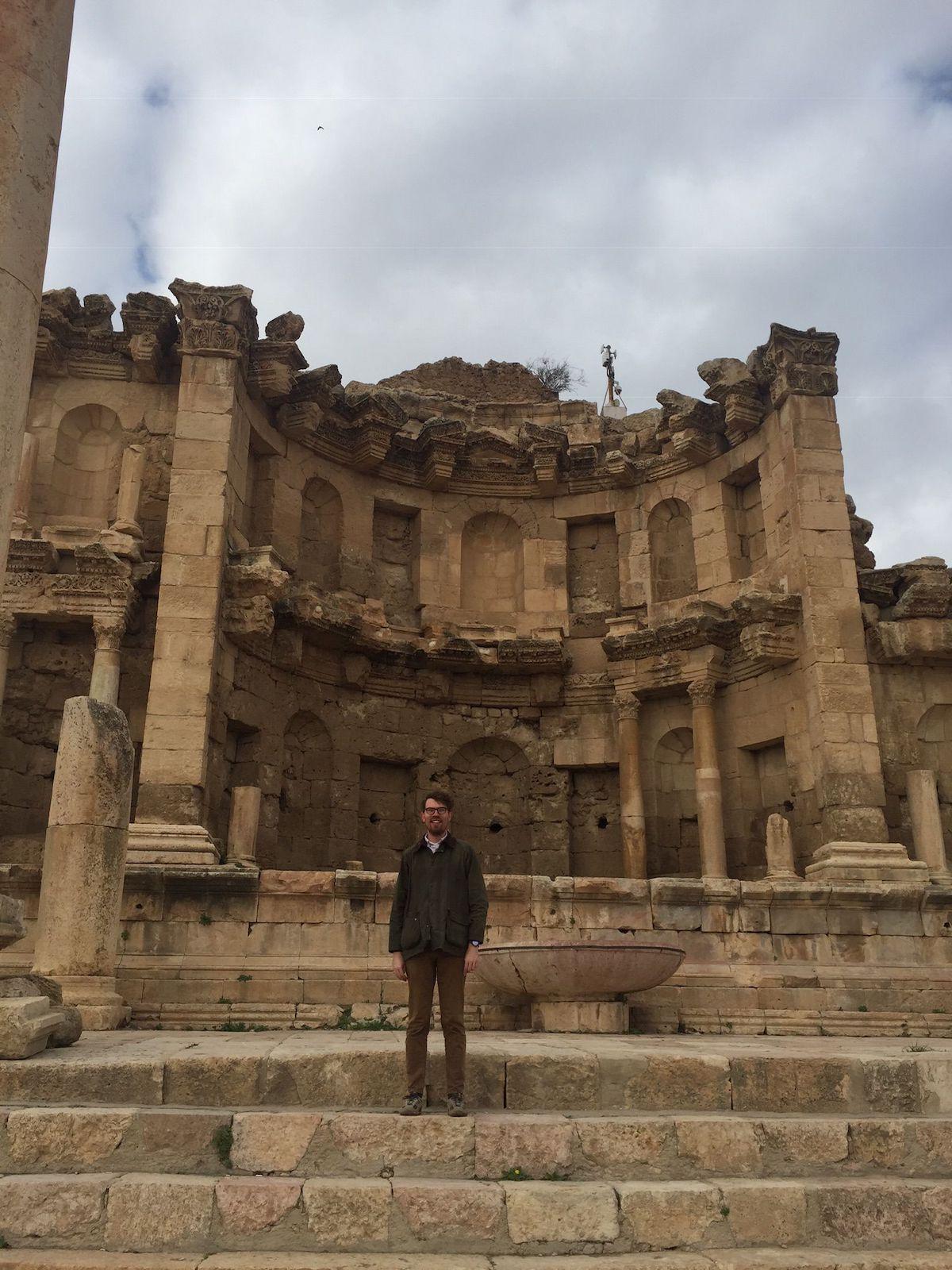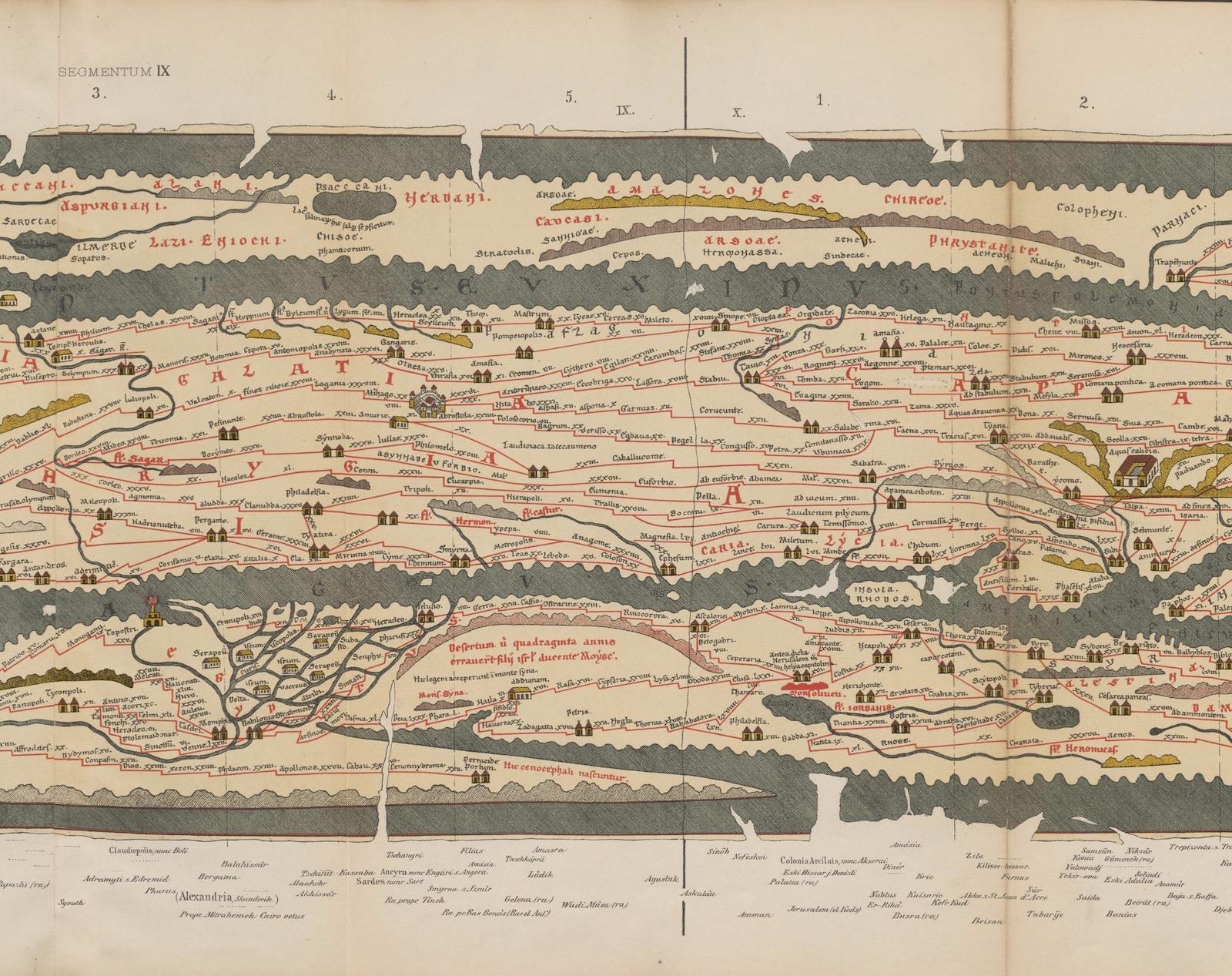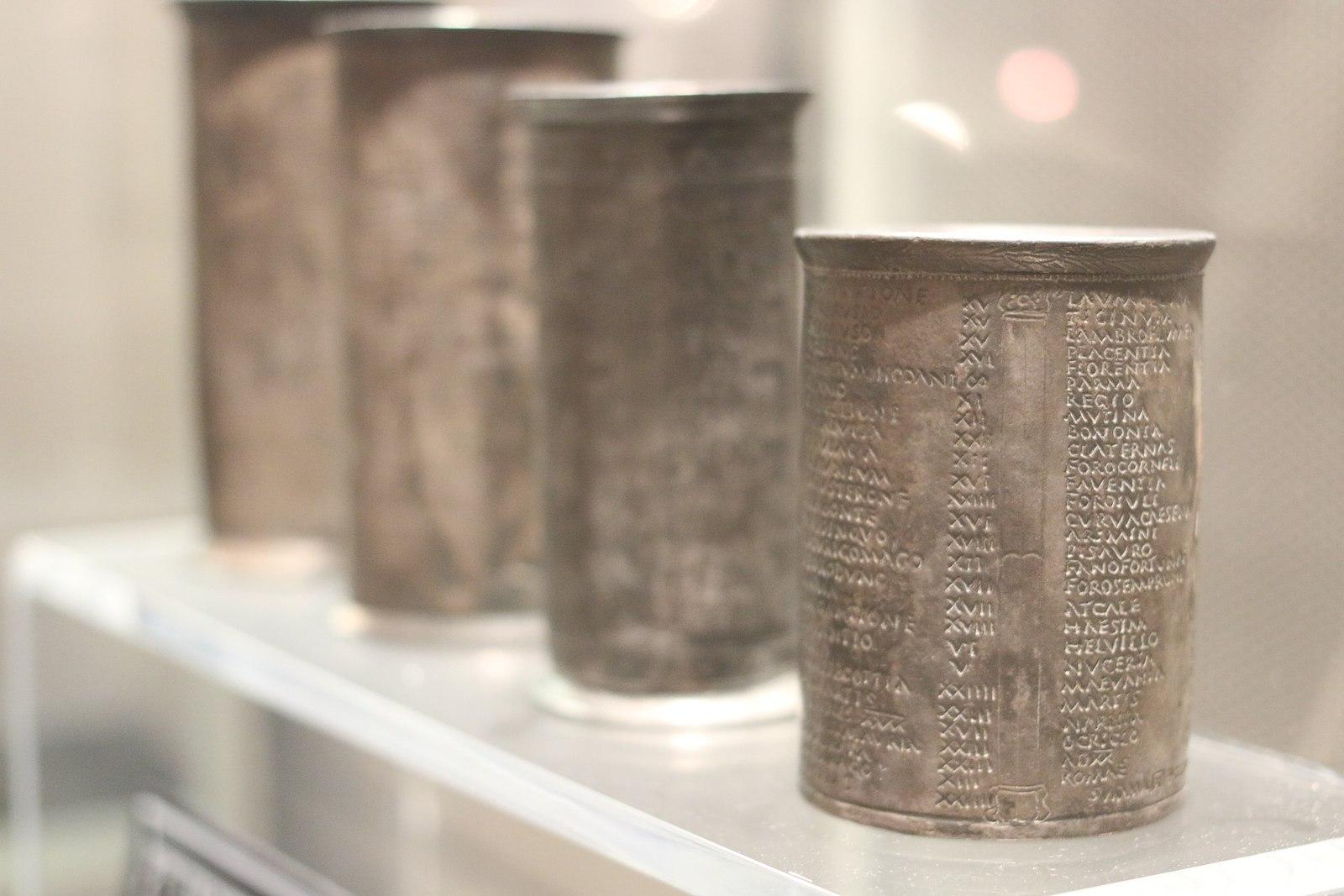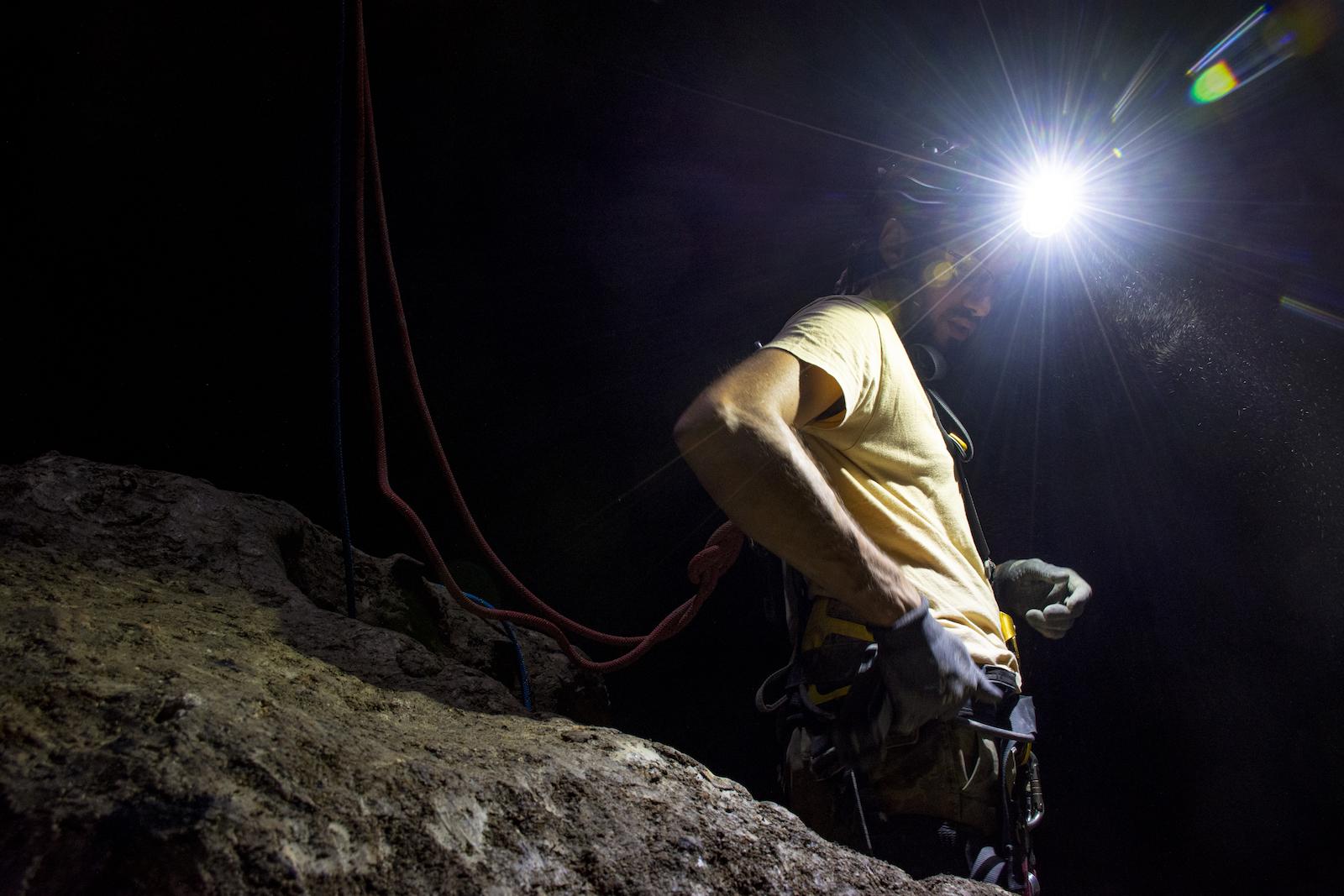“It is dangerous work,” says Fiocchi. “There aren’t so many incidents but when things do go wrong they tend to be quite bad.” Each day at Vulci, Fiocchi must recycle the air in the cistern he excavates, taking out the stale air and then replacing it with fresh air from outside with a ventilator before scaling down a roped safety system. In the cistern, he works by helmet-light and whatever sunlight can reach him from above, the intermittent beeping of an air quality device letting him know the air is still safe to breathe.
At Vulci, Fiocchi works with a local safety engineer to ensure that the risks are as minimal as possible, however, there are always risks of dangerous air quality, failed safety systems, and human error. The mechanics of excavating itself in these types of structures can also prove challenging in its own right. While the cistern at Vulci is relatively simple with a straight channel leading into a bell-shaped space, Fiocchi has encountered other much more challenging wells and cisterns with slanted or even curved entrances and exits. Forms such as these increase the risk of falling materials and damage to the structures themselves when attempting to take earth and materials out.
Despite these challenges and dangers, however, Fiocchi says the work is worth it. “There aren’t so many people who are able to do this kind of work,” he notes, “and so very often these structures are ignored or excavated very poorly. But if you dig them properly you can obtain an incredible amount of data from these structures.”
At Vulci in particular, 3D models, coupled with soil sample analyses and the study of the materials found within, will provide archeologists with micro-levels of information about the cistern when it was in use, when it was abandoned, and later when it was filled and sealed.
New information about all of these important milestones in the life of just one cistern can tell us countless things about who used it, for what, when, and how it helped to sustain and support the life of people thousands of years ago with the water it once held.





